Space Run or four lectures in five days
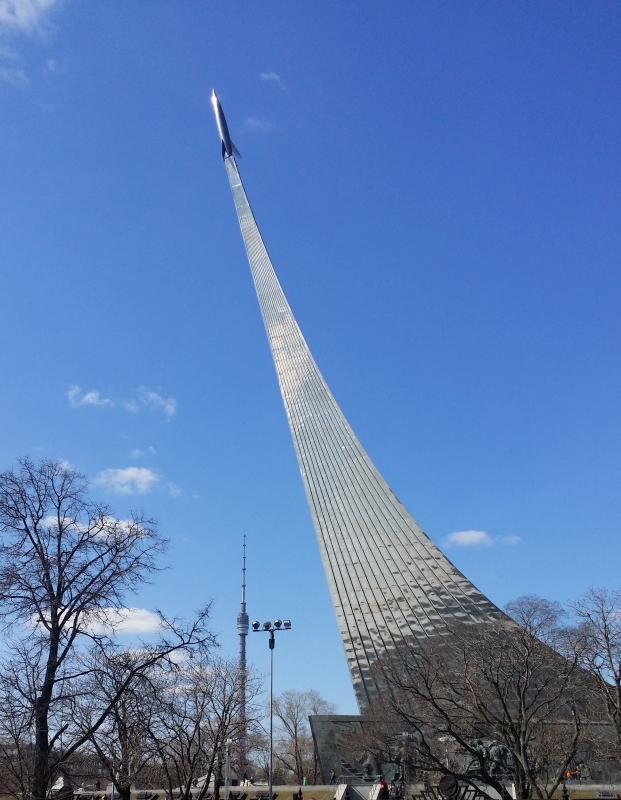
This year, Cosmonautics Day fell on Tuesday. Therefore, I decided to strangle the toad and, after holding events in Ufa, fly to Moscow. And, since a trip without lectures is a waste of money, I managed to read four lectures in five days. Also in Moscow, I visited the space museum, virtually docked with the ISS on the simulator there, and looked into the S.P. Queen. I offer you a report-report on these events.
Friday, April 8
The day began with the opening of the Gagarin Center. And in the evening in ArtKlub I read the first lecture. On the occasion of the holiday, the administration wanted something more amusing, so we chose the lecture “Space tales”.
In a small, but cozy room are constantly held "Cultural Fridays", which are different speakers. There were about twelve people, almost full.
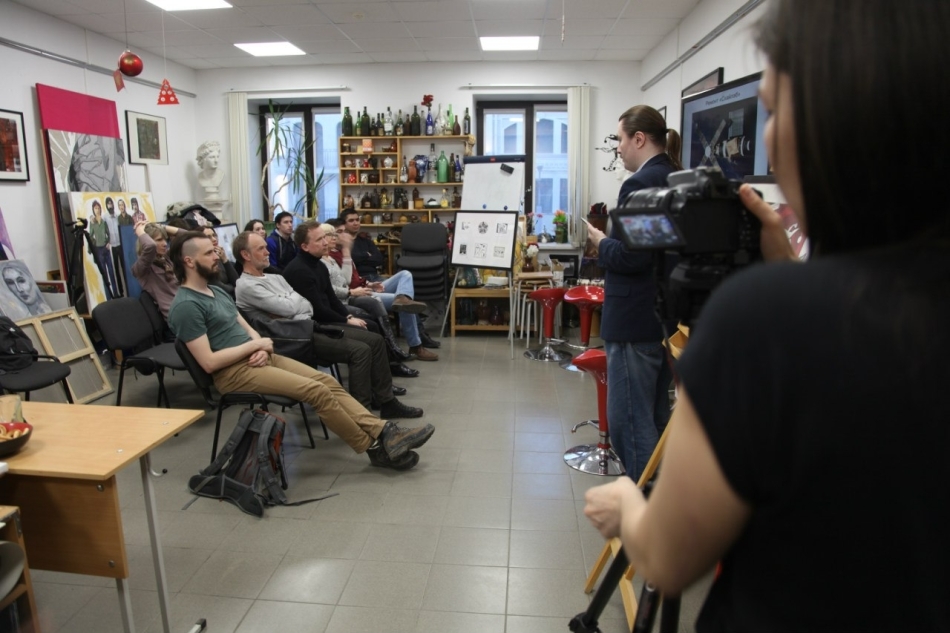
"-So, we need to come up with the illness of someone from the crew. And let's say that we have Blueford (on the slide) turned white?
“If you just think so a joke, then the closest space to space will be the office on the fifth floor, which will announce your expulsion from the astronaut squad!”

')
The lecture was not very different from the version of 2014, which was recorded and posted on YouTube. You can listen, she is funny.
Sunday, April 10
On Sunday, a lecture-reconstruction of Gagarin's flight was given in the Ufa Planetarium. I have been implementing this idea in different ways for the third year. In 2014, I wrote a material in which I told how to cross the flight reconstruction in the Orbiter simulator with the movie “First Orbit”. In 2015, carried out this reconstruction in the Art Club. The event went well, but a drawback emerged - a long boring part of the flight in orbit, where nothing particularly happened. Therefore, this year I decided to break per minute correspondence, squander boring areas and comment more on what is happening. I saved the film “First Orbit” and sometimes included it to demonstrate the real negotiations of Gagarin and beautiful views. "Assembled" design looked like this:
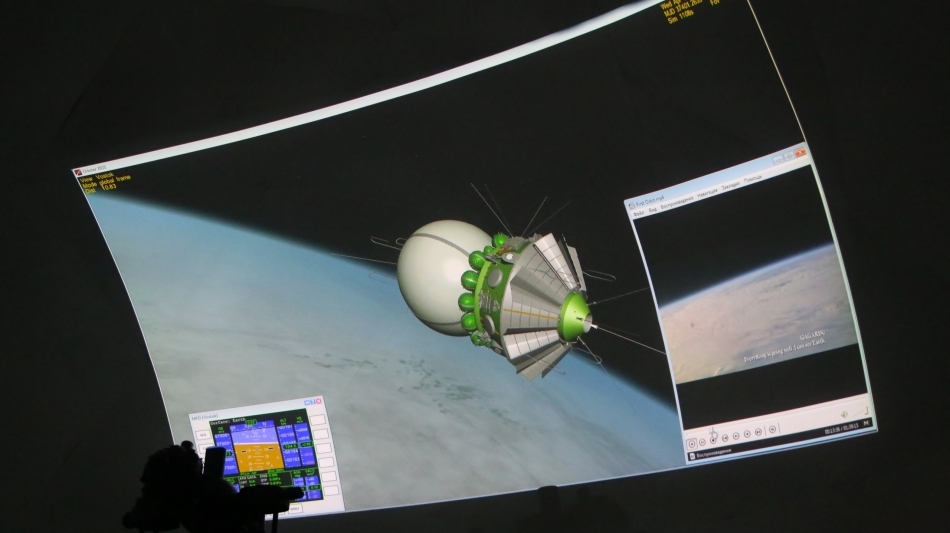
The window at the bottom left of the screen is an external multi-function display. Gagarin did not have instruments that measured the exact height and speed, and this MFD could be taken out and commented on. The only need for a bit unusual for a lecture is to control the flight from the camera station, but this is not a problem with a microphone.
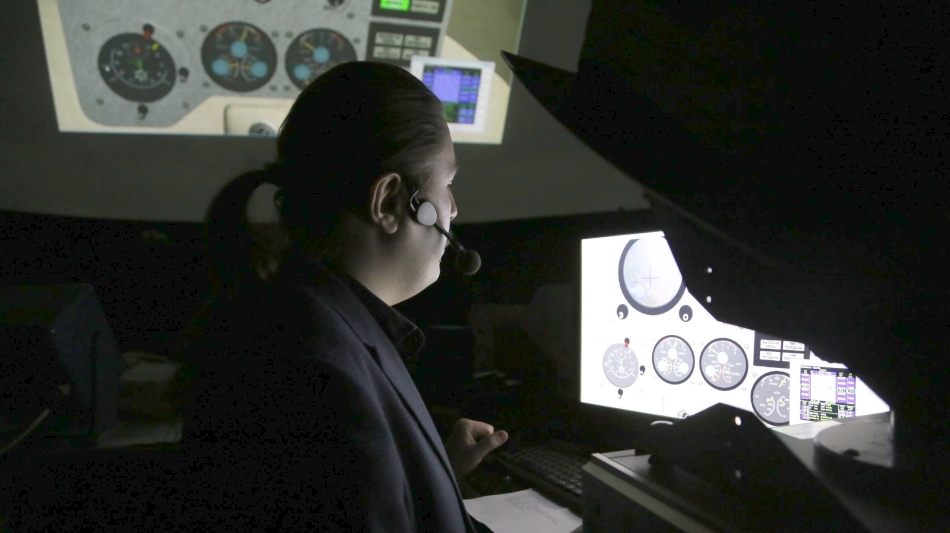
The audience came almost full room, people 60-70, which is good.
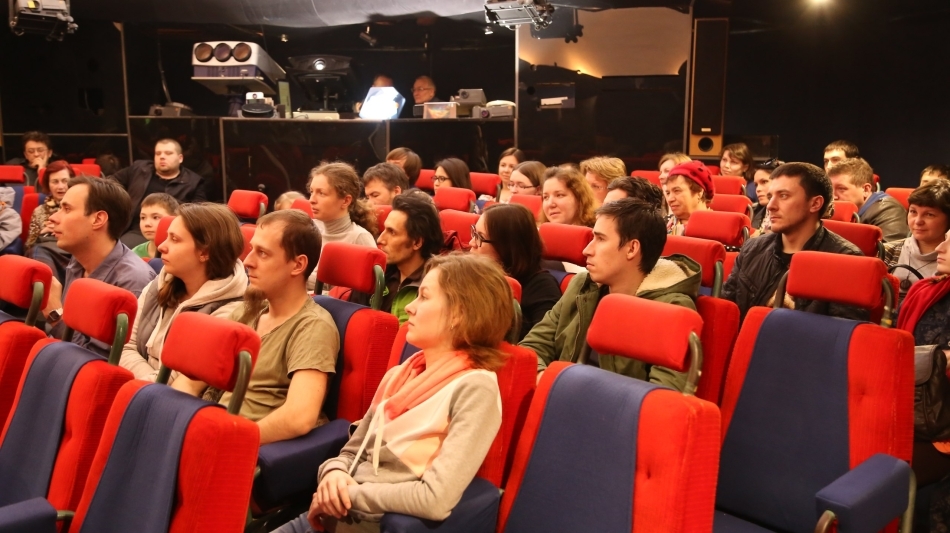
I did not record the video, there is an idea to make the same material in the format most convenient for YouTube, but this will not be soon.
Monday, April 11
Monday began at half past two in the morning. But dawn, my wife and I met already in the air. It's funny, I flew a couple of times on ultralight airplanes and flew almost six hours on paragliders, but I still couldn’t fly on liners.
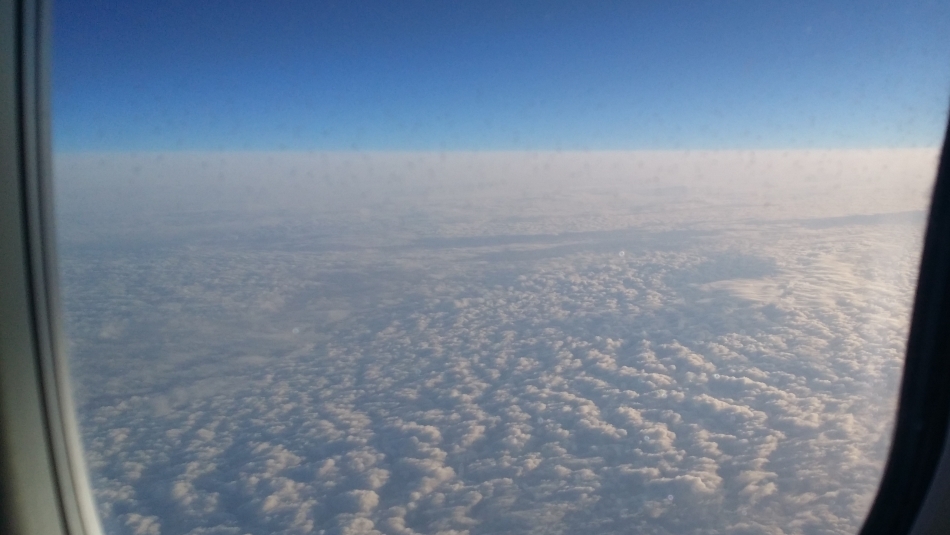
In Moscow, we walked a bit and settled in a nice hostel at VDNKh, designed in space style. Here, for example, almost a plate with "Pioneers", on the original picture, people did not smile.
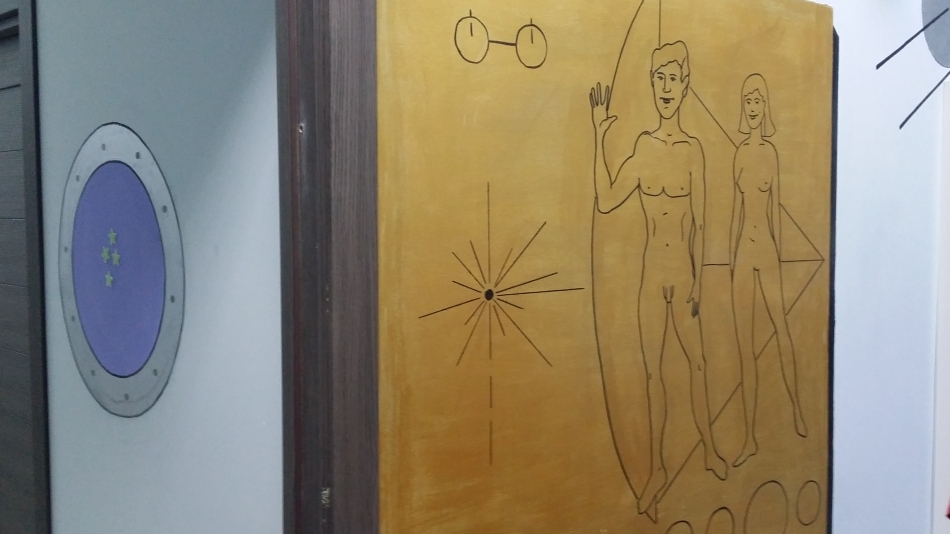
Monday’s main objective is the Cosmonautics Museum.
-Wow!
- Not “Wow”, but “Fau”!
True, this is not V-2 / P-1, but stylization - three stabilizers, not four, and the form is different.
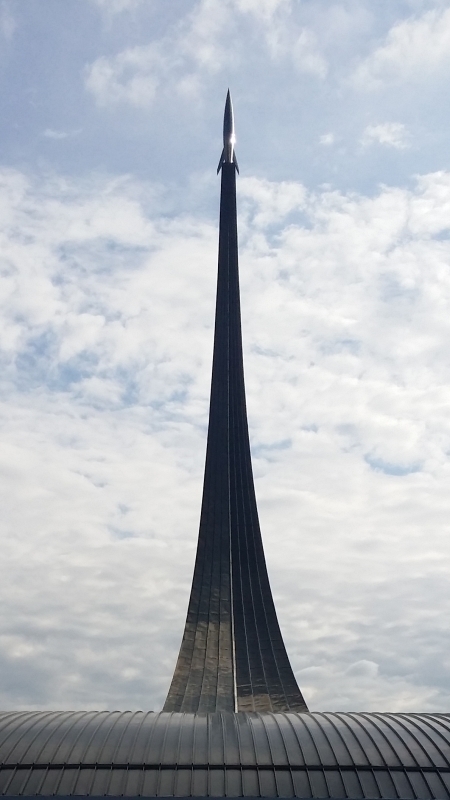
Structurally, the museum consists of two halls: in a small first hall there are items representing milestones of the national astronautics, and less epochal objects are located in a much larger second hall. The feeling that I came to visit old friends - almost everything is recognized without signatures on the plates. On the other hand, there is an interesting feeling of inconsistency in size - some things seem more or less than they were perceived from photographs. The peculiarity of the museum is that the presented exhibits are as close as possible to those who flew into space and made history. If the same historical apparatus did not return (or is stored in another museum, such as, for example, the Gagarin's descent vehicle), then there is, for example, an analogue on which tests were carried out.
First satellite unassembled
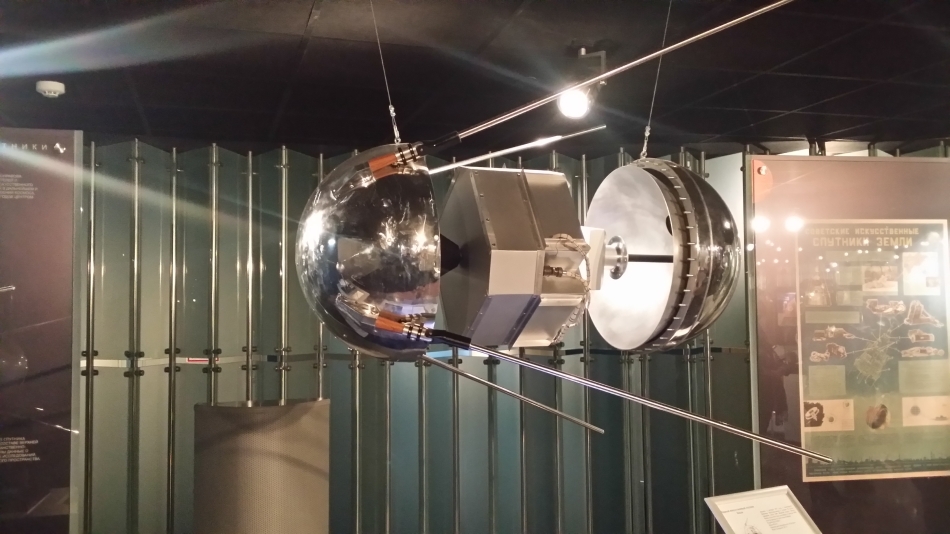
The station "Luna-1", first left the earth's orbit, and the "Luna-2", first hit the moon.
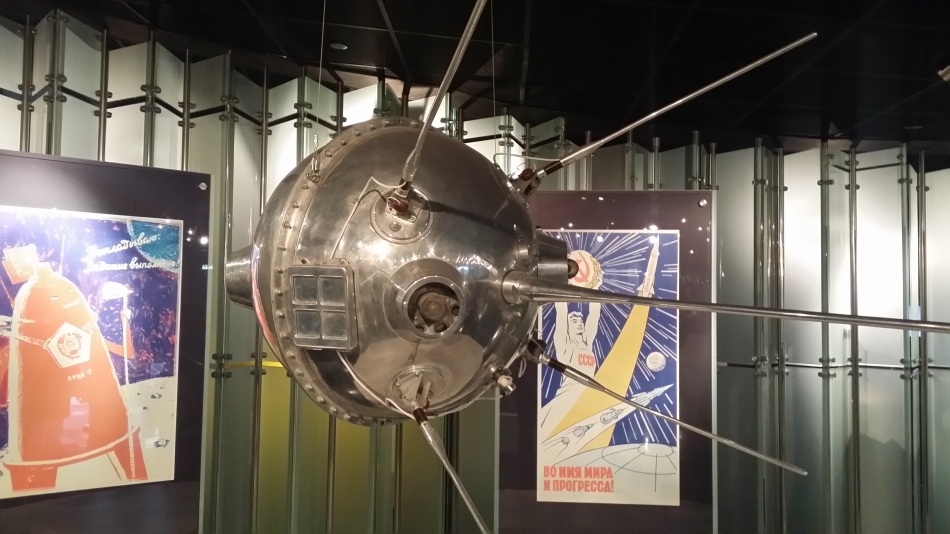
“Luna-3”, which for the first time removed the back side of the moon, is also a “bath-and-laundry combine” - the film appeared immediately after the shooting, was scanned by the technologies of 1959, and the resulting picture was transmitted to Earth.
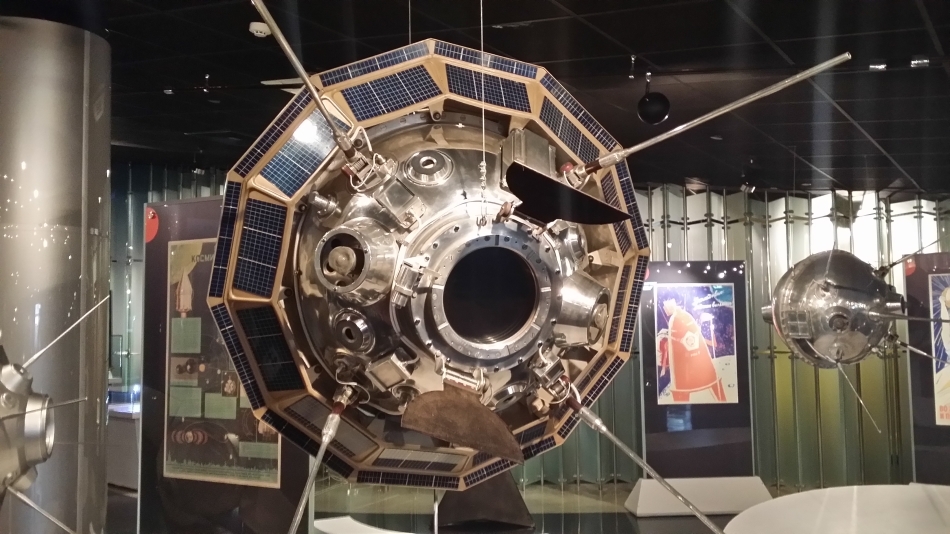
The container in which Belka and Strelka flew (the very same, even a dent from the impact during landing), and Belka and Strelka themselves. The cutest exhibits.
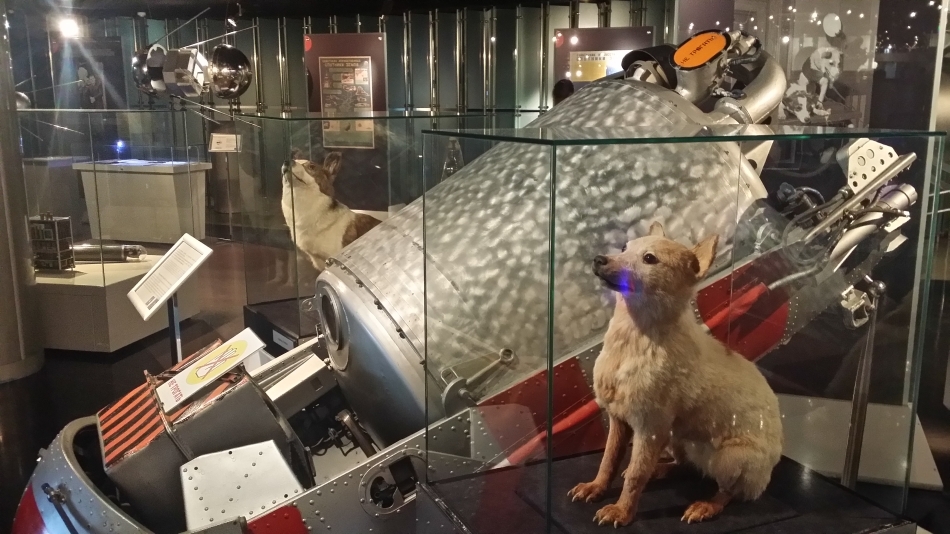
The descent vehicle of the ship "Vostok", similar to the one on which Gagarin flew. It was not possible to remove the insides because of the protective glass, but the reconstruction in the Orbiter is very accurate. But the heat coat is an imitation, there are many flying “balls” in Samara , and the actual heat protection is different.
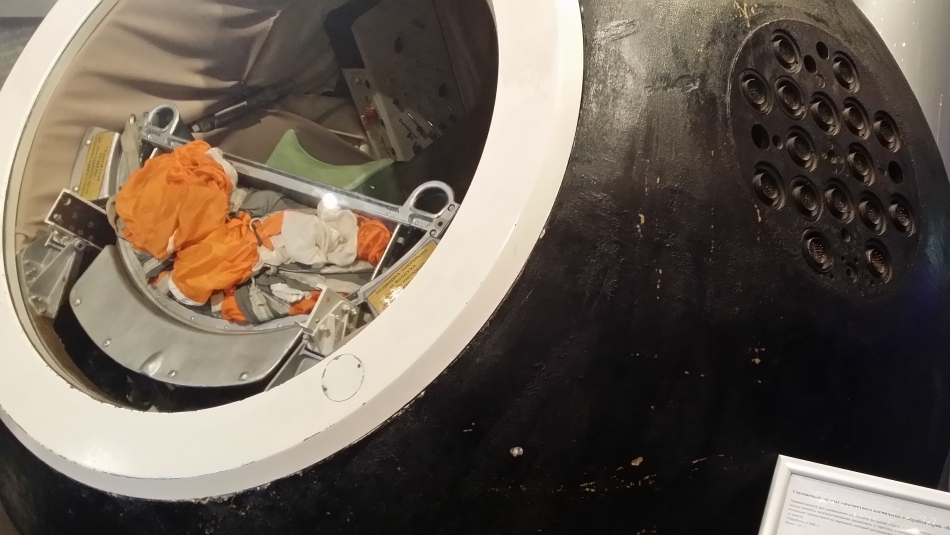
And the flight suit of the SC-1 cosmonaut "Vostokov".

Airlock, similar to the one from which Leonov first entered space. At the bottom of the gas cylinders, it was inflatable, hello "Bigelow."
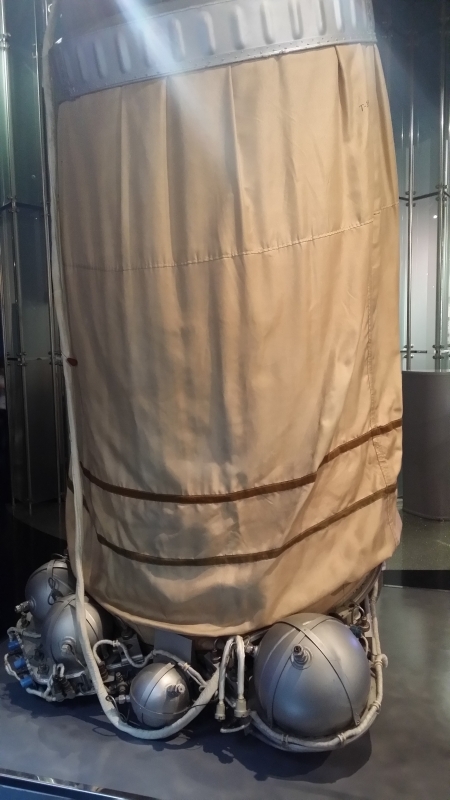
And the spacesuit "Berkut". By the way, it is noticeably lower than SC-1, but this is because of the dummy, the folds on the legs are clearly visible below.
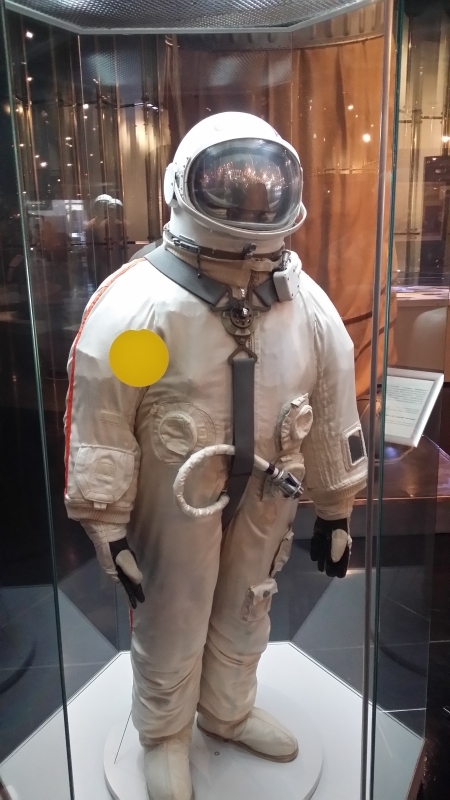
The station of the E-6 program, which in 1966, from the twelfth attempt, gently sat on the Moon ("Luna-9"), the migration module.
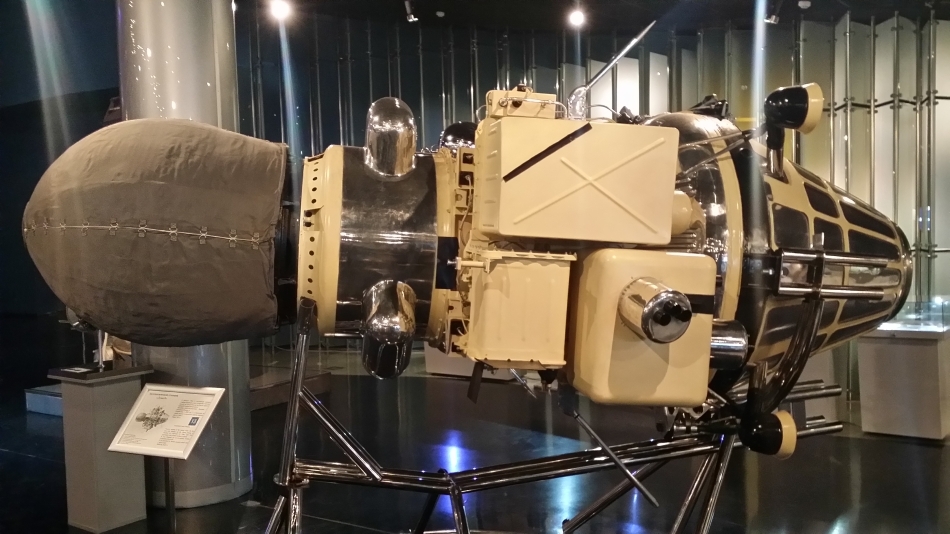
And the station itself, which in the previous photo is under the shock absorber housing on the left.
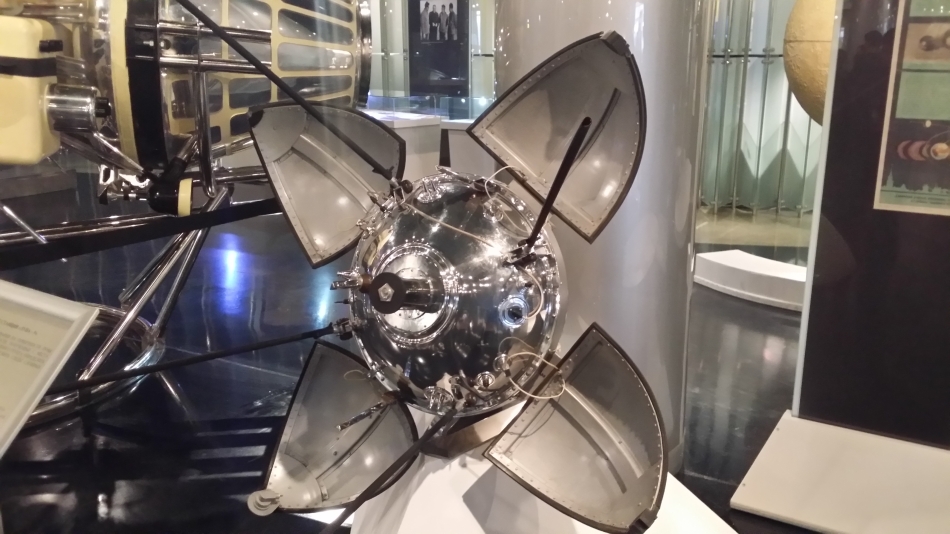
Go to the second hall. It begins with a history of cosmonautics. Here is the first Soviet rocket engine OR-1 Zander, made from a blowtorch.
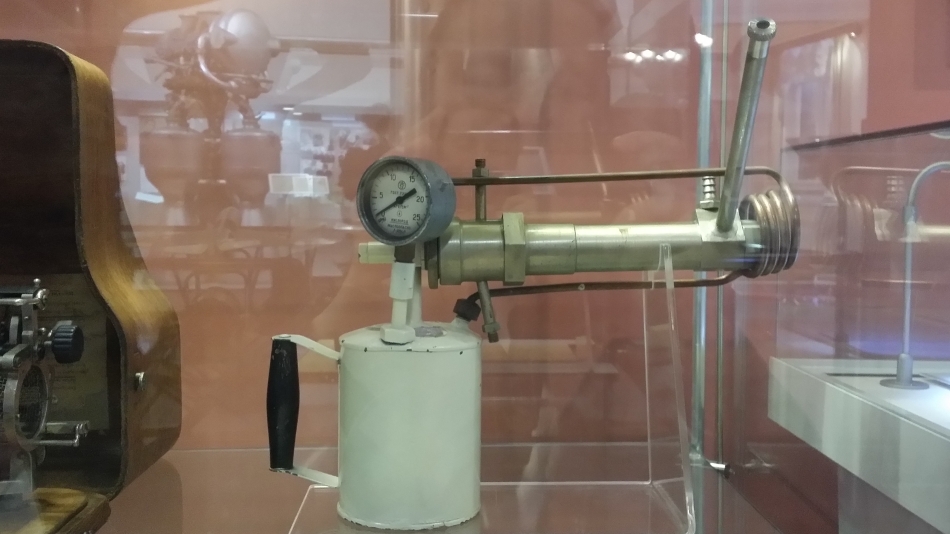
And this is the GIRD-09 rocket, which in 1933, for the first time in the USSR, climbed 400 meters. It was she who was launched in the famous scene in Taming the Fire.
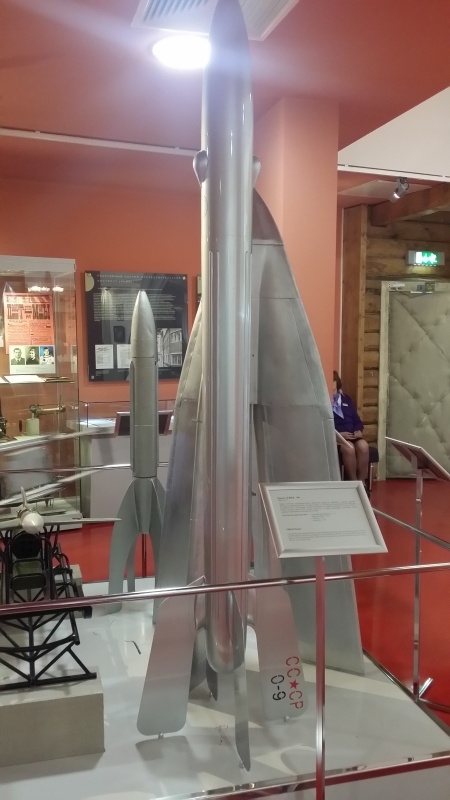
Some of the exhibits were related to the temporary exposition of the Institute of Biomedical Problems of the Russian Academy of Sciences and showed modern experiments on the ISS. The Matryoshka-R phantom is used to determine the radiation dose received in orbit, which should give us information on how to cope with radiation when we (mankind) will fly to Mars. By the way, pay attention to a completely neutral form of the phantom - in a similar experiment, the Americans used a plastic-covered skull of a female volunteer who donated her corpse to science, with which the astronauts arranged to prank a colleague in orbit.
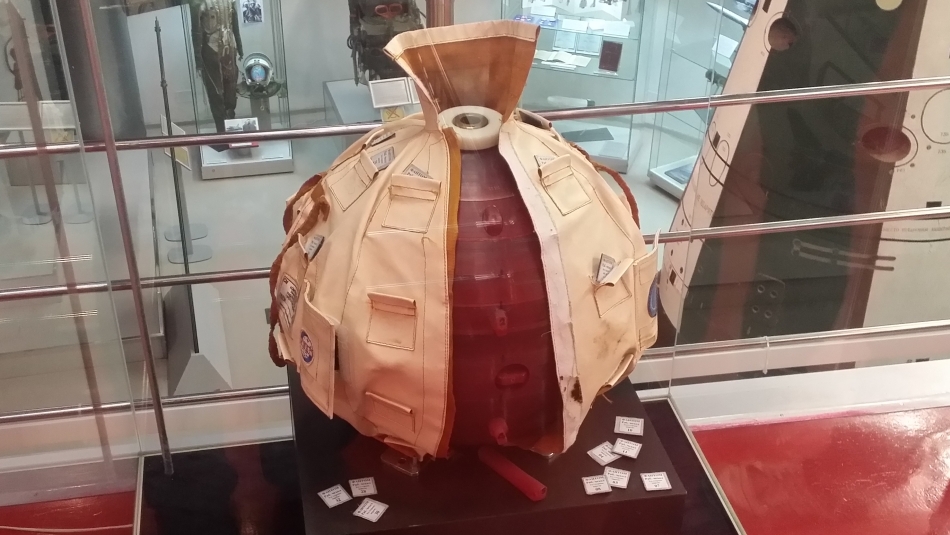
But this equipment explores the reliability of the astronaut in a long flight.

One of the most famous experiments - "Plasma Crystal"
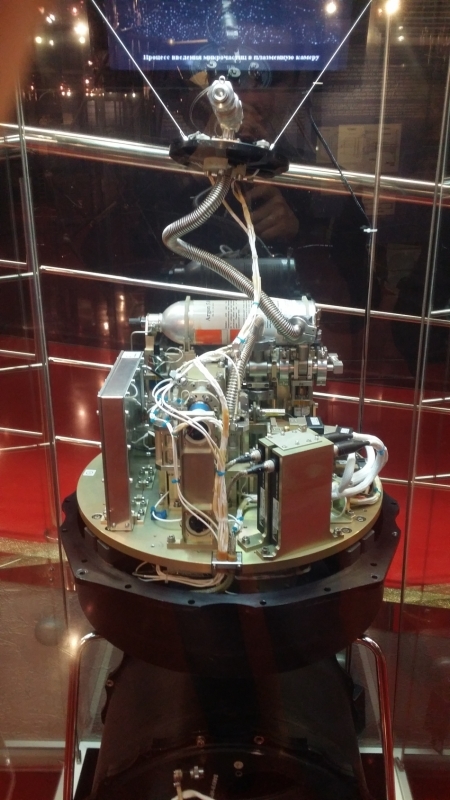
Bormashina. It does not cause much interest if you do not know that in 1978 cosmonaut Yuriy Romanenko had a tooth 20 days before landing, and he worked heroically, overcoming pain on half of his head due to a pinch of inflammation of the nerve, and the drill at the station was not yet .
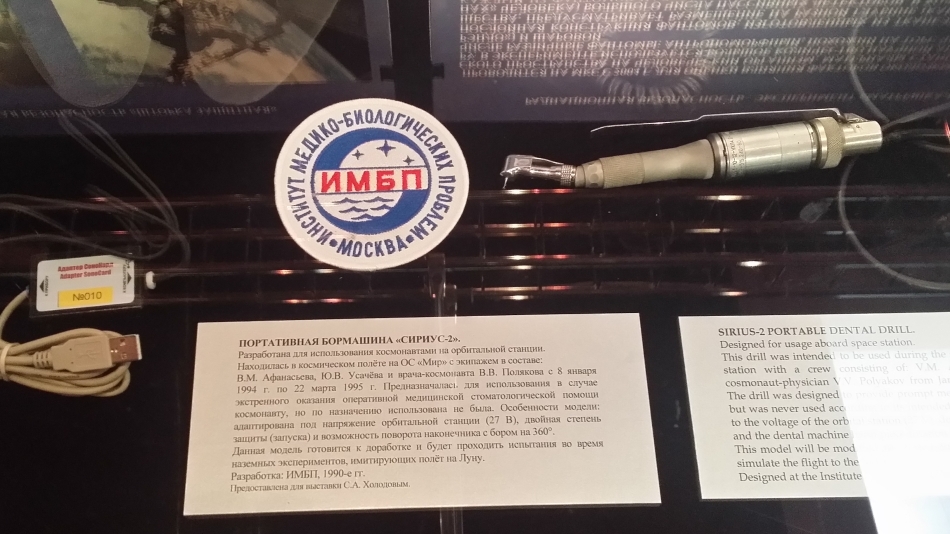
We return to the permanent exposure. On this subject, few people will pay attention. And this is an interesting thing - the Rainbow ballistic capsule, with which it was possible to return small cargoes together with the Progress cargo ship. The truck burned in the atmosphere, and the capsule withstood the descent. Now, however, they do not need, and they are not used.

Old Soviet dummy to assess the effects of cosmic radiation. The exhibit is notable for the fact that the dummy used ordinary breadcrumbs and sawdust - in their properties they turned out to be comparable with the tissues of a living organism.
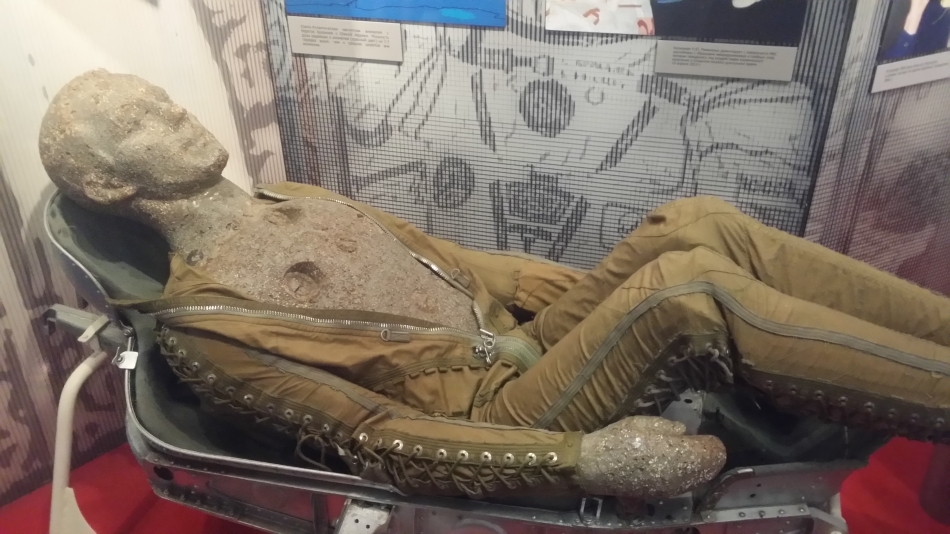
The interior of the base unit of the station "Mir".
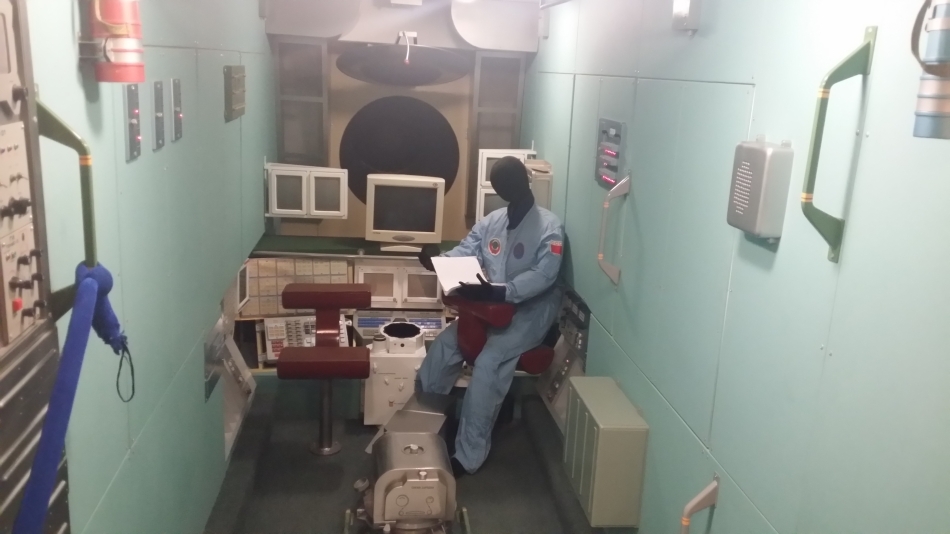
And here in 1997 there was a fire - a regenerative oxygen bomb caught fire.
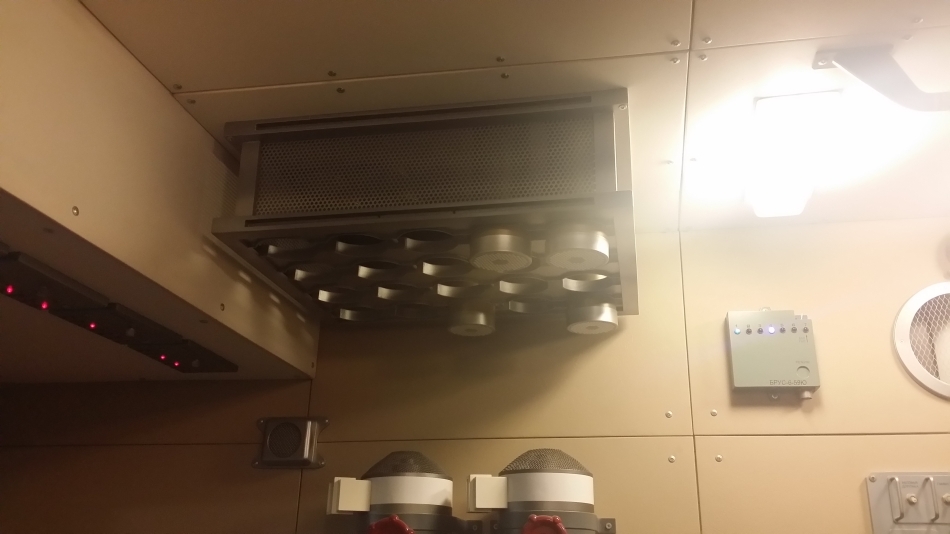
Classics of the genre - space food. If someone still does not know, tubes have become extinct long ago, now on the ISS they eat from ordinary cans and plastic bags. And here you can see the history of space food .
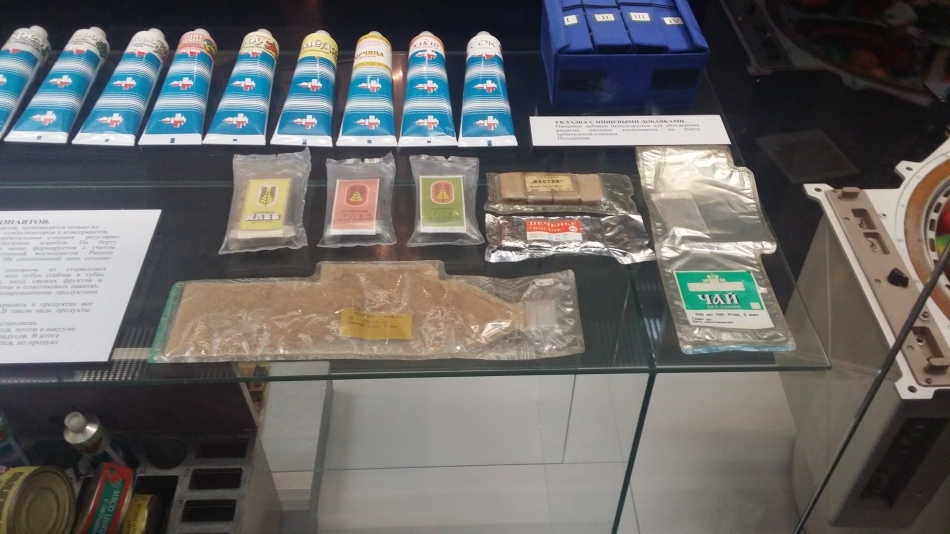
Toilet ship "Soyuz". The history of toilets is also interesting.
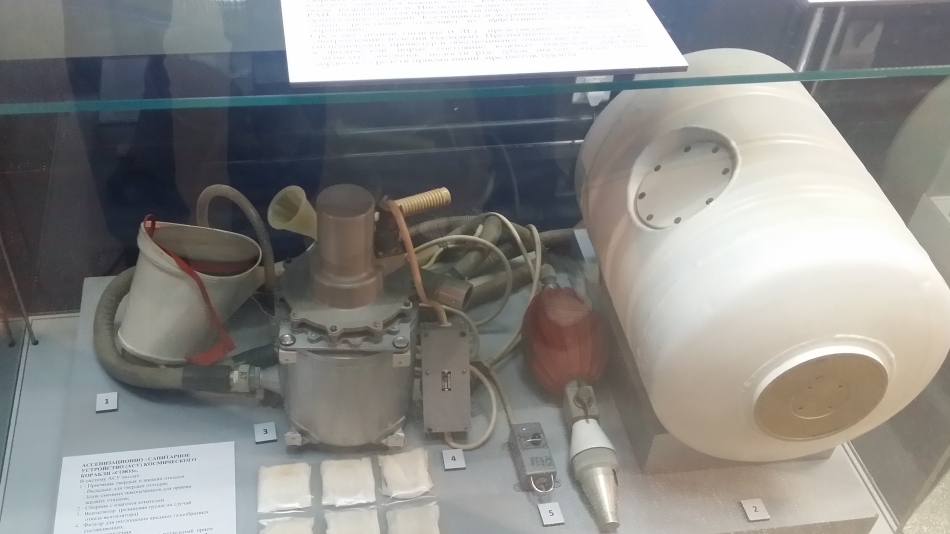
Load suit "Penguin". Gum in a suit gives the load to the muscles so that they do not atrophy at all in weightlessness.
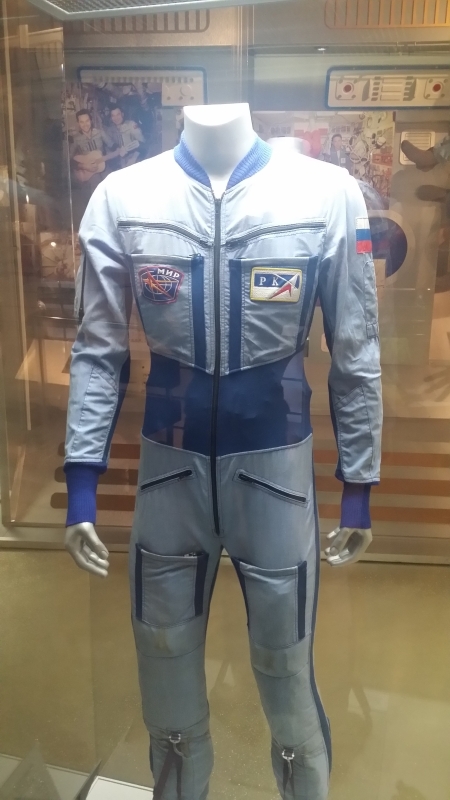
On the left, the Chibis suit, in which they are preparing to return to Earth, it pumps out the air below so that the blood rushes to the lower part of the body, as in gravity. On the right is the Trout costume in case of emergency landing.
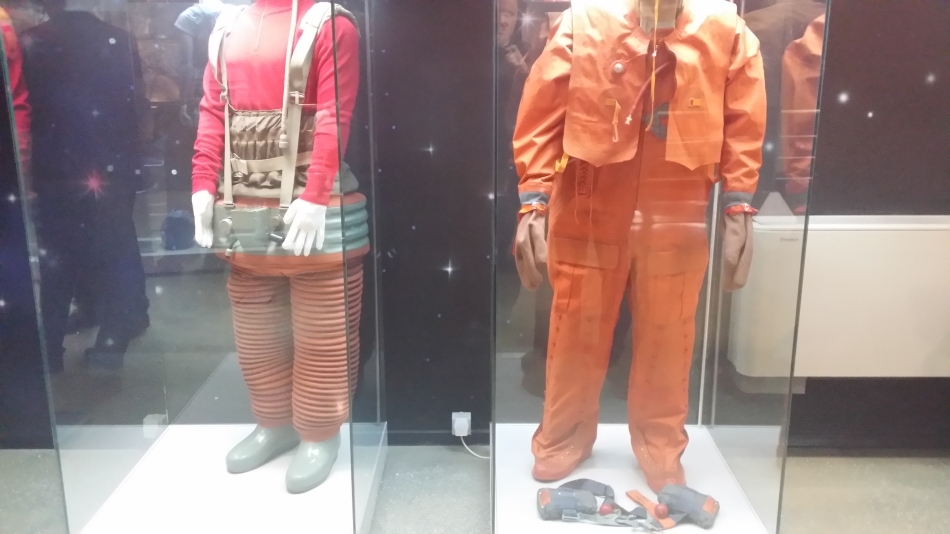
An unexpected meeting - the space suit of the Apollo 11 astronaut Michael Collins
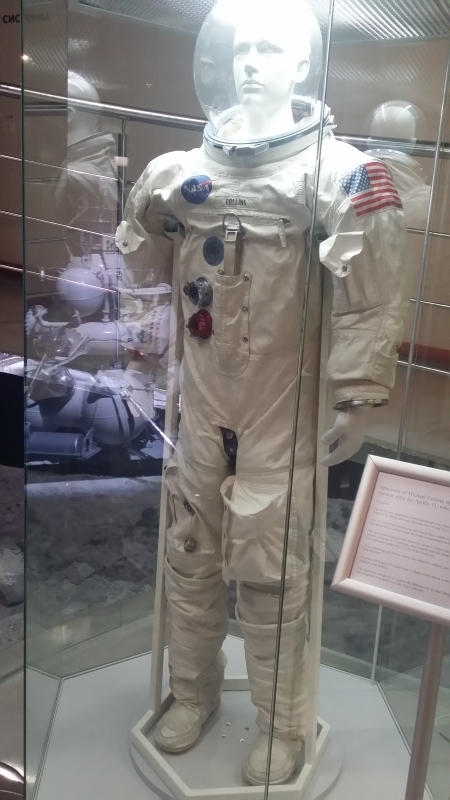
Again, the equipment is the landing module of the Luna-16 station, which brought lunar soil to Earth. It seems small here, but actually taller than a man.
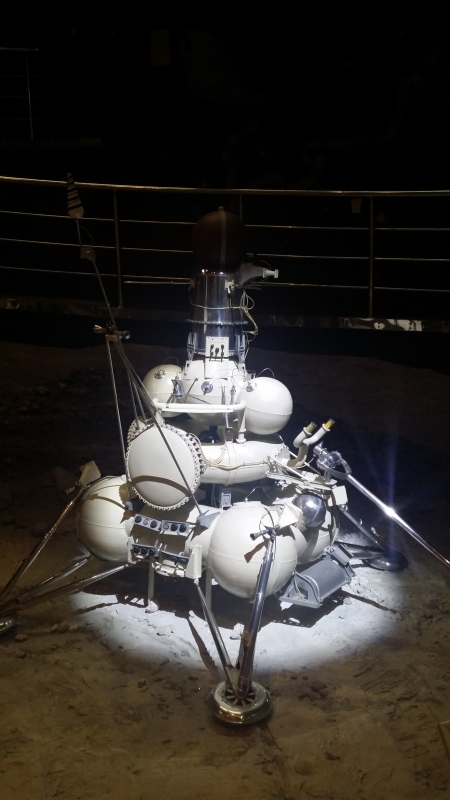
A very small descent vehicle that was returning from the moon.
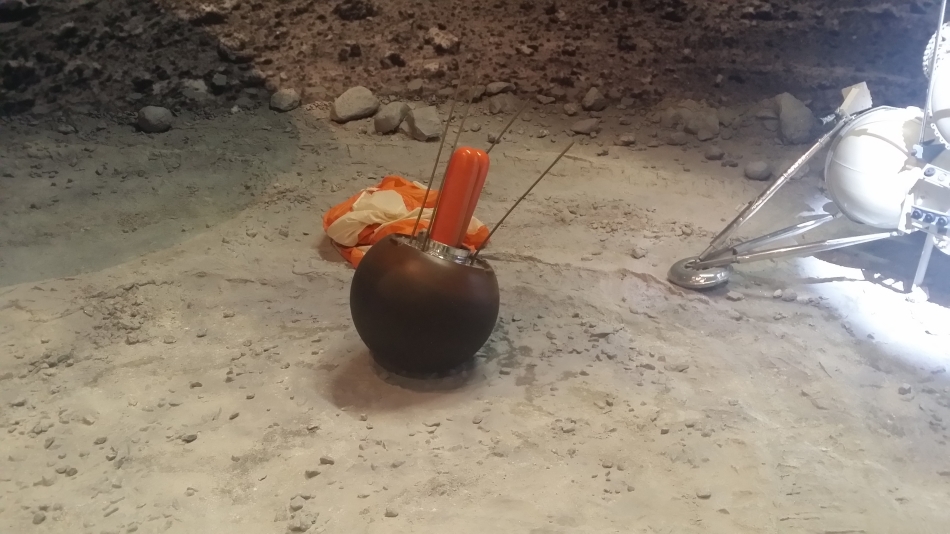
And the particles of soil that he brought.
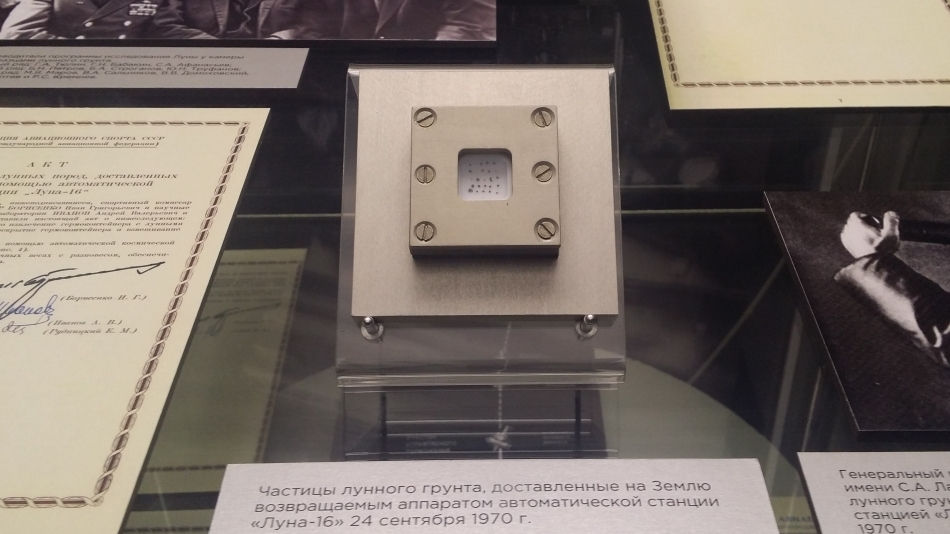
Satellite "Bion". I specifically cut out a “puck” from the frame with additional experiments on the descent vehicle so that the biological satellite was as close as possible to the Vostok ship - they are close relatives .
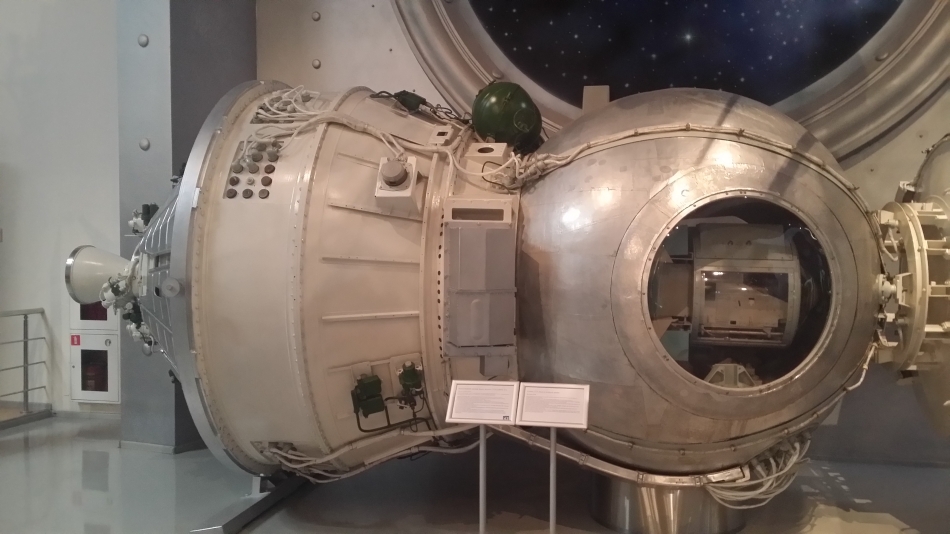
A lot has been left overs. We watched the exposition for more than two hours, but it seems that it is necessary to come here for four hours at least.
After the halls of the museum, a test was waiting for me - the docking of the Soyuz with the ISS in a real simulator, the same as in the Cosmonaut Training Center. Realism inspires - with the growth of 180 cm I barely climbed into the lodgement in height, the legs even without a spacesuit obstruct the periscope in the center, and the upper screens are too far away to be seen comfortably.

On the simulator, by the way, is Win XP.
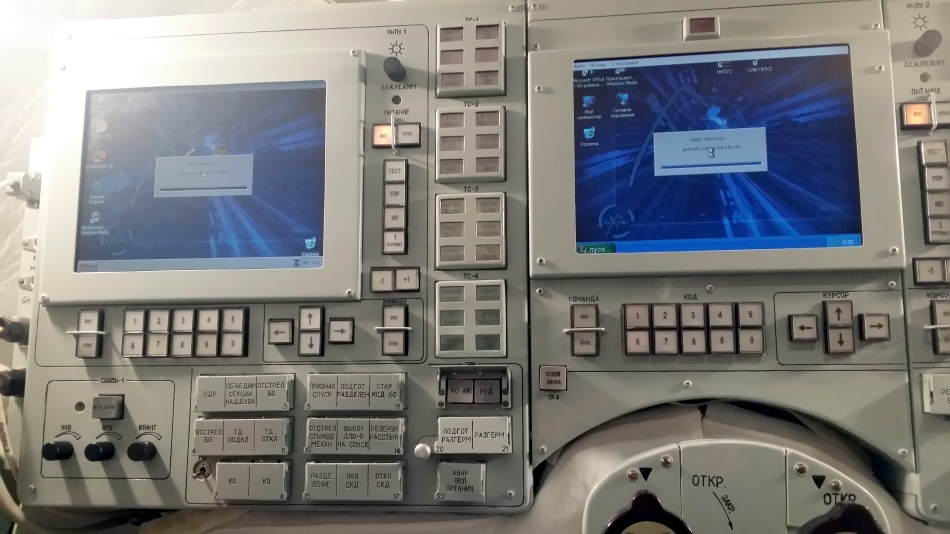
I have a lot of experience flying in Orbiter and KSP, I will dock in them without problems even after a couple of liters of beer, but this simulator really made me soak up. It turns out, unlike Orbiter, in the real "Soyuz" the turn of the ship is not immediately compensated by the shunting engines, but accelerates the ship forward. In addition, the yaw axis there was inverted relative to the usual one, and when I automatically gave the knob to turn left and right, instead of correcting the situation, it became worse. With a mental cry “Ah! How can I not crash into the ISS? ”I constantly pulled the toggle switch of the orientation engines responsible for moving back and forth, braked, but after a couple of turns it all started all over again. However, the understanding of orbital mechanics and skill still did not disappear in vain. After a few minutes, I did quite normally “assemble the crosses” (I took up the position along the docking axis) and slowly began to approach the station.
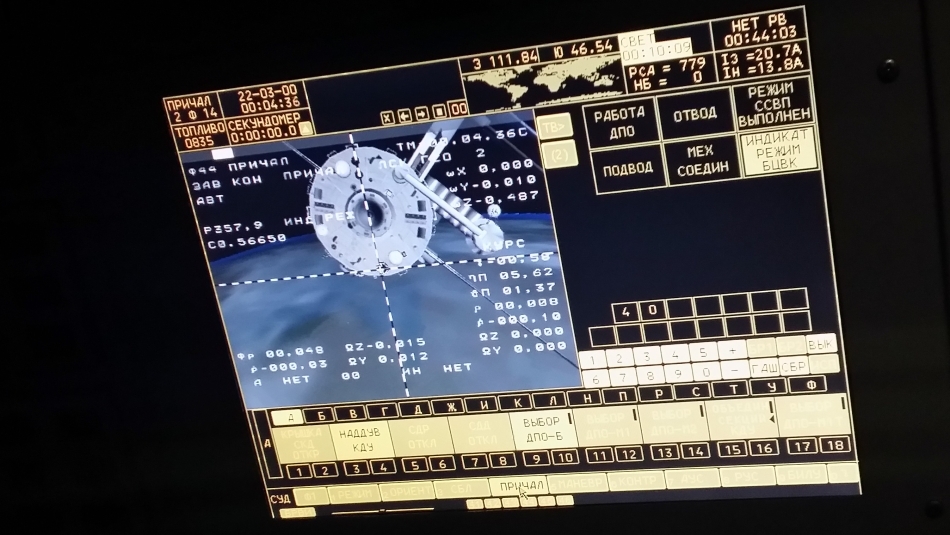
One or two minutes of stress, and there is a successful docking. In time - it's time to go to the cinema for a lecture. The topic of the lecture was the same as in the Ufa Planetarium - the reconstruction of Gagarin's flight.
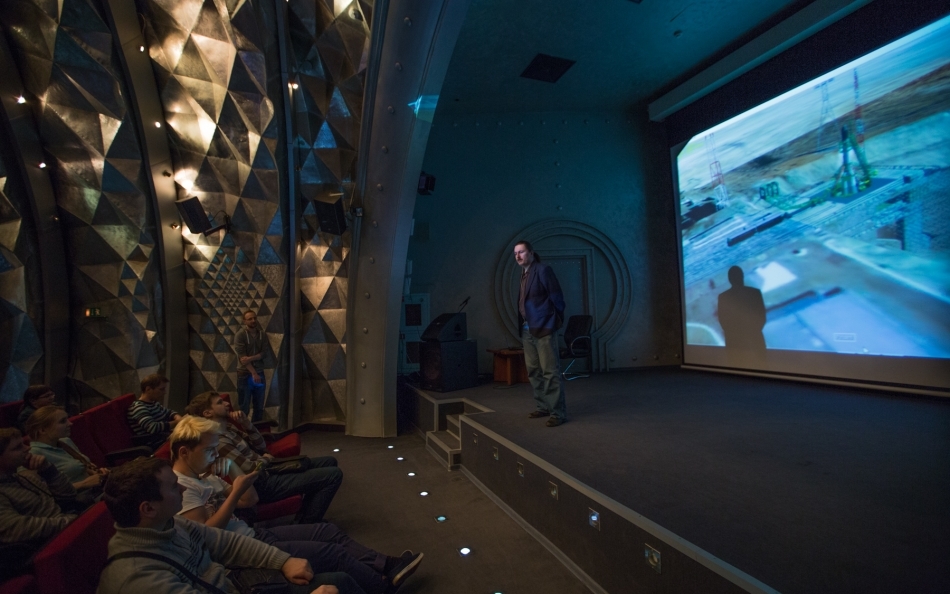
There were fewer people in the hall than in Ufa, man 30. Probably, a not very good start time had an effect - 18:30. Someone might not have time to work.
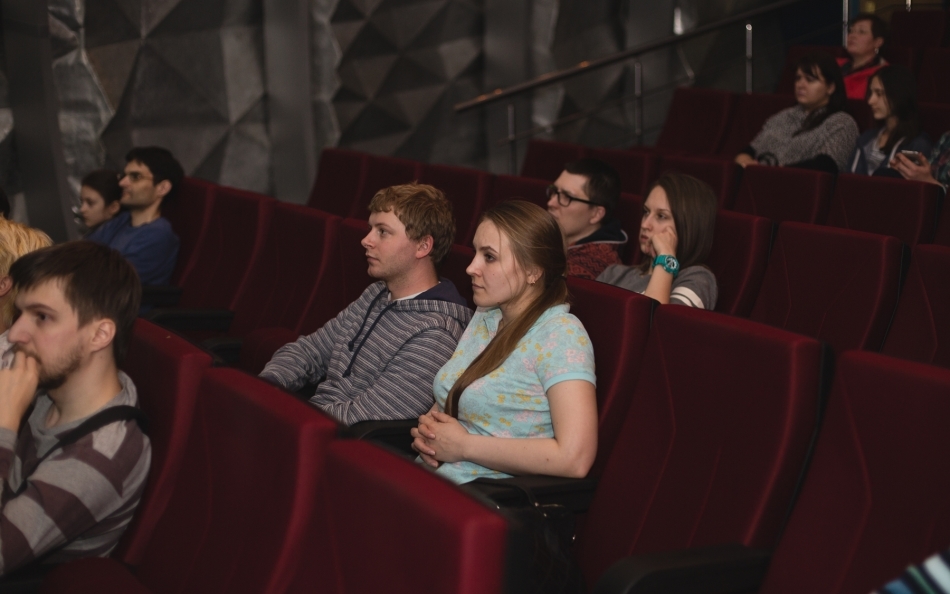
Of the people I knew, Konstantin Sofiyev approached me, with whom we organized a Skype lecture at the Moscow library of city stories, and Zelenyikot . Politez demanded that I talk to you separately after the lecture, but, alas, I already had an eighteen hour day, and I went to sleep, for which I apologize again.
Tuesday, April 12
On Tuesday morning, we visited the S.P. Queen. It is an amazing feeling to be in the house where books and things are left as they were in January 1967, when Sergei Pavlovich died.
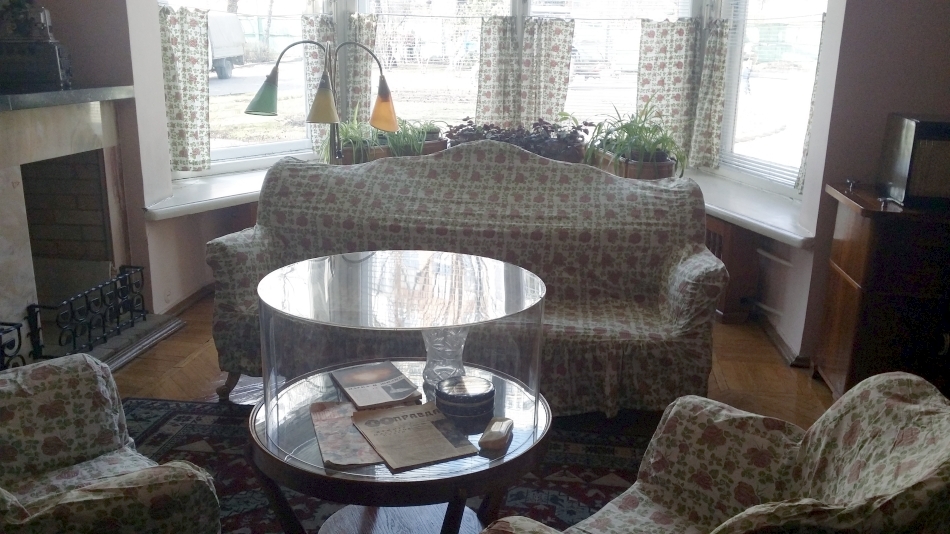
Study:
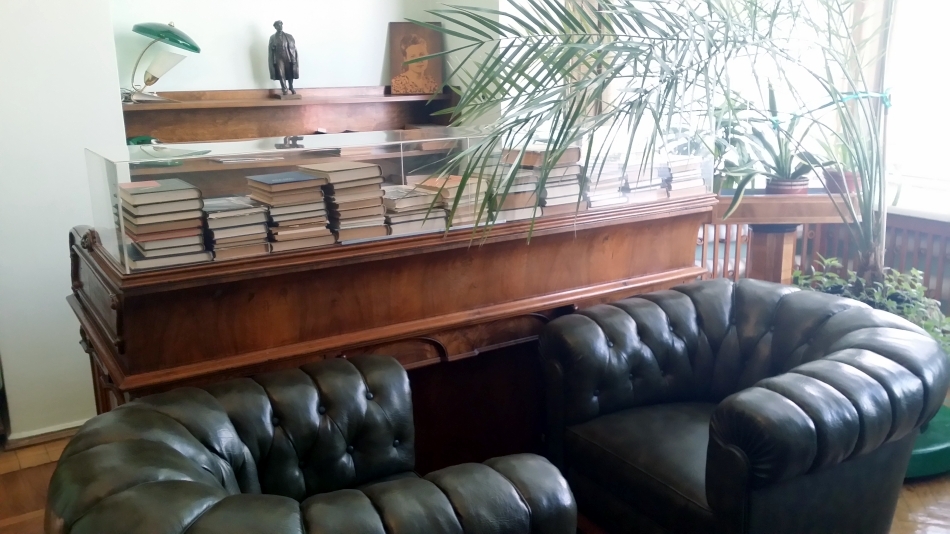
Bedroom:
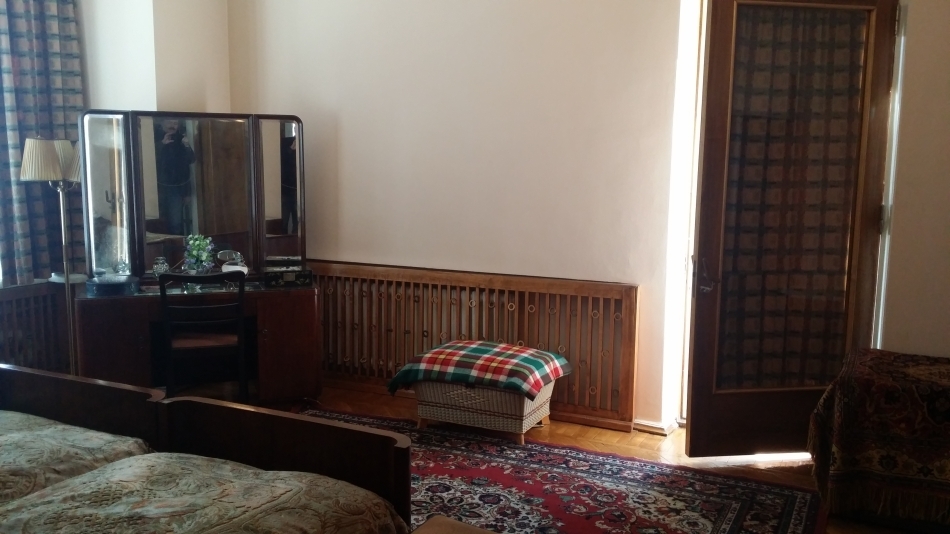
Where else could the two people who were interested in space exploration on April 12 go? Of course, to Red Square, to the columbaria near the Kremlin wall, in order to pay homage to Gagarin, Komarov, Dobrovolsky, Volkov, Patzayev, Korolev, Nedelin, Kurchatov, Seregin. Alas, the wall was under repair, and ordinary people were not allowed to go directly to it.
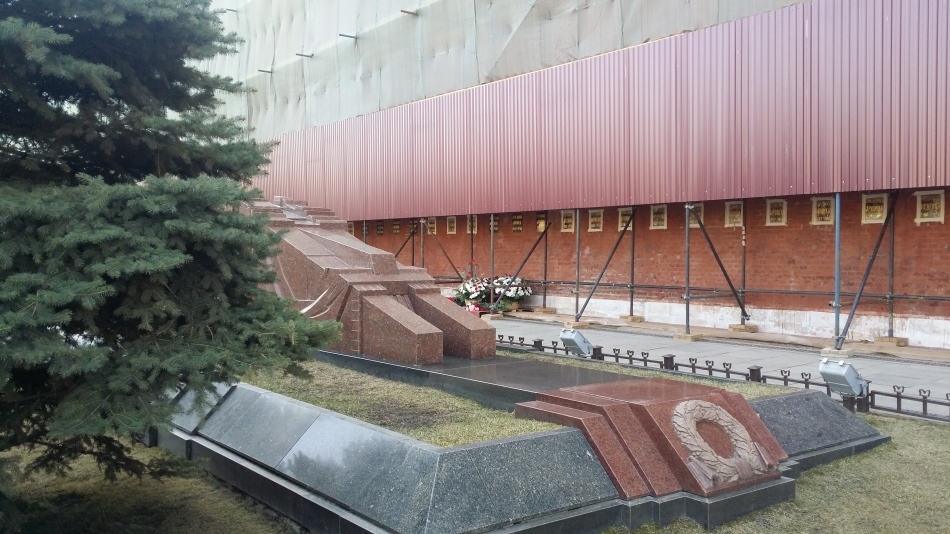
On the evening of Tuesday, I gave a lecture on “The Unnoticed Complexity of Space Technology” within the framework of the Smoking Room Gutenberg. Two other lecturers were Alexander Shaenko (with the lecture “The Beauty of the Cosmos”) and Igor Tirsky (with the lecture “To Mars and the Moon in 40 Minutes”). There were a lot of spectators, about two hundred people, the organizers were great. A video was recorded, it is expected on YouTube within a month.
Conclusion
I would like once again to thank the staff member of the Museum of Cosmonautics Dmitry Stalny for the tour, access to the simulator and the lecture room.
The trip definitely need to recognize the success, such popular science and tourist trips should continue.
If you live in Moscow and have not yet visited the Museum of Cosmonautics, then you are wasting your time in this city. For those who are going to go to Moscow, I advise you to put this museum on the top line in the list of what you want to visit.
PS Those who were at the lectures, please write fidbek any convenient way - that was good, that should be improved.
Source: https://habr.com/ru/post/368755/
All Articles